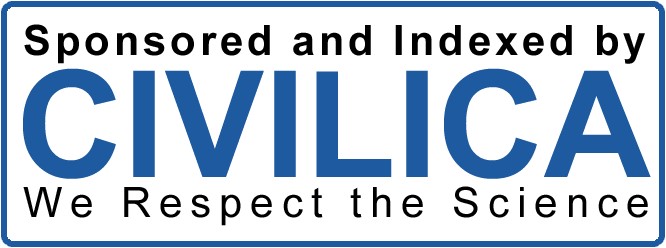Executive Guarantees for Compliance with International and National Regulations in Virtual Platforms Regarding the Commission of Crimes and the Dissemination of Criminal Content
Keywords:
cyberspace, virtual platforms, publishing criminal content, committing crimesAbstract
Military crimes against national security in the laws of Iran and Iraq have various legal, material, and moral elements. The criminalization of such crimes in Iranian law is stipulated in the Islamic Penal Code and the Law on the Crimes of the Armed Forces, while in Iraqi law it is codified in the Iraqi Penal Code enacted in 1969. Accordingly, military crimes against national security constitute one of the highly significant subjects that can be examined in various instances. Regarding the foundations of criminalization of military crimes in Iranian and Iraqi law, various jurisprudential, legal, and criminological bases have been adopted, which reveal both commonalities and differences. Therefore, the present study aims to conduct a comparative analysis of military crimes against national security in the laws of Iran and Iraq, using an analytical–descriptive and comparative method. The findings indicate that, despite certain similarities, military crimes against national security in Iran and Iraq differ in some conditions, elements, foundations, consequences, scope of criminalization, and instances.
References
Alipour, H. (2011). The International Criminal Court and the Challenge of Responsibility of Legal Persons. In Proceedings of International Criminal Law: The Process of Theories and Perspectives. Mizan Publishing.
Ardito, A. (2013). Social Media, Administrative Agencies, and the First Amendment. Admin. L. Rev., 65, 301.
Badini, H. (2005). The Philosophy of Civil Liability. Sherkat Sahami Enteshar.
Bonafe.Beatric. (2009). The Relationship Between State and Individual Responsibility for International Crimes. Hague, martinus nijhoff pub. https://doi.org/10.1163/ej.9789004173316.i-284.45
Brenner, S. (2012). Cybercrime and the Law: Challenges, Issues, and Outcomes. University Press of New England.
Habibzadeh, M. J., & Fakhr Bonab, H. (2005). Comparison of Justifying Factors of Crime and Exemptions from Criminal Responsibility. Modares Journal of Humanities(40).
Hintz, A. (2015). Social media censorship, privatized regulation and new restrictions to protest and dissent. In Critical perspectives on social media and protest: Between control and emancipation (pp. 109-126).
Holmes, D. (1998). Introduction to Information Technology. SAMT Publications.
Jafari Langeroudi, M. J. (2007). Legal Terminology. Ganj-e Danesh.
Madhava Soma, U., & Sundaram, S. (2011). Cyber Crime and Digital Disorder. K. Jaishankar pub.
Marina, S. (2006). On the Possibility of Committing Crime by the State and Its Criminal Responsibility. Translated by Ali Hanji(44).
McEwen, J. T. (1989). Dedicated Computer Crime UnitsPB - DIANE Publishing.
Nami, M. (2004). An Overview of Computer Crimes. Correction and Rehabilitation Journal, 3(34).
Ploug, T. (2009). Ethics in Cyberspace: How Cyberspace May Influence Interpersonal Interaction. Springer pub. https://doi.org/10.1007/978-90-481-2370-4ER -
Rahmanpour, A. (2013). Criminal Responsibility of Legal Persons. Imam Hossein University.
Resende de Mendonça, R., Felix de Brito, D., de Franco Rosa, F., dos Reis, J. C., & Bonacin, R. (2020). A framework for detecting intentions of criminal acts in social media: A case study on Twitter. Information, 11(3), 154. https://doi.org/10.3390/info11030154
Shambayati, H. (2009). General Criminal Law. Majd Publications.
Taheri Jabali, M. (1993). Crime and Computer. Judiciary Law Journal(9).
Wilson, L. A. (2000). Theaters of intention: drama and the law in early modern England. Stanford University Press.
Downloads
Published
Submitted
Revised
Accepted
Issue
Section
License
Copyright (c) 2025 Samira Asadi (Corresponding author)

This work is licensed under a Creative Commons Attribution-NonCommercial 4.0 International License.








